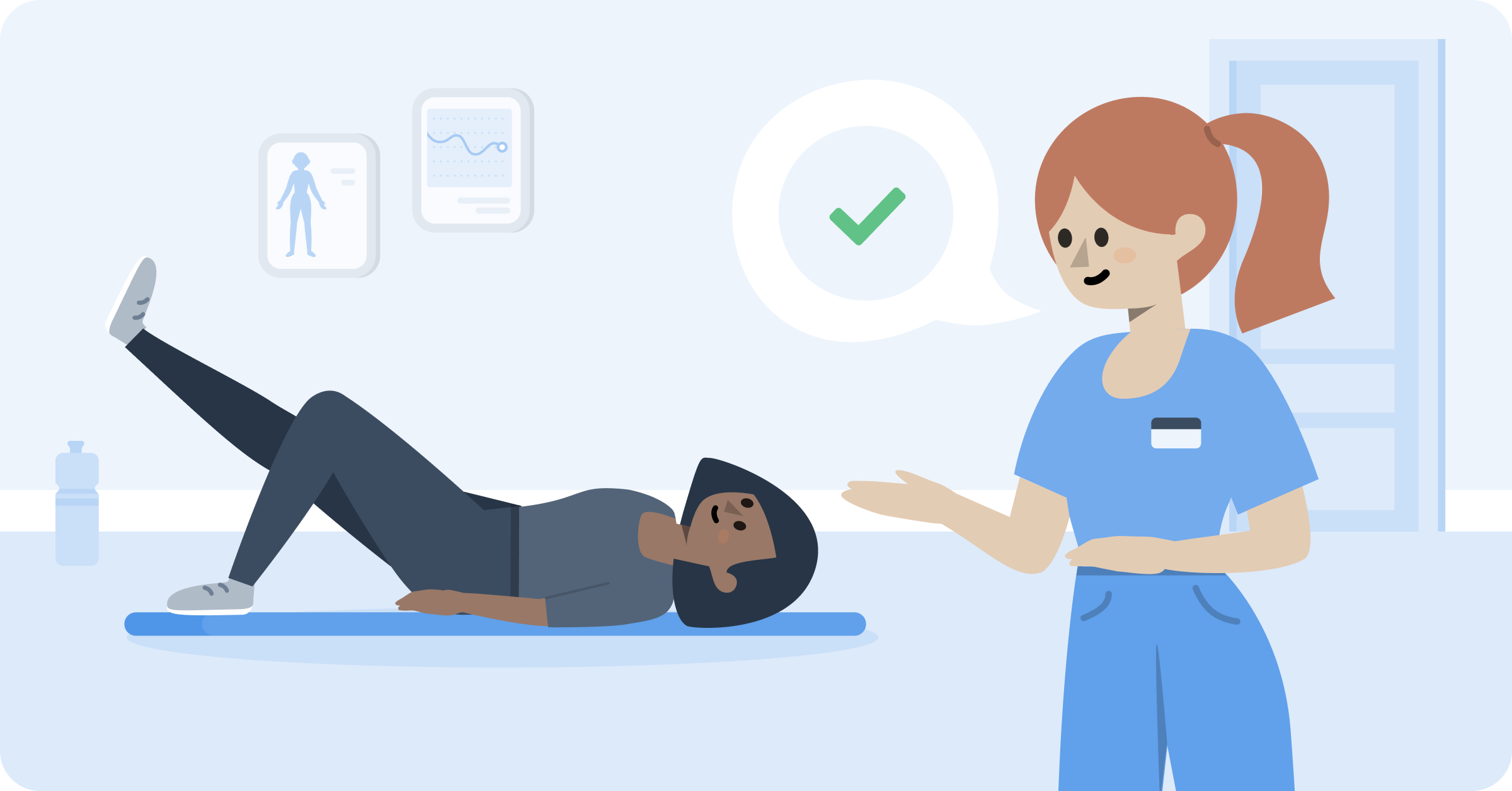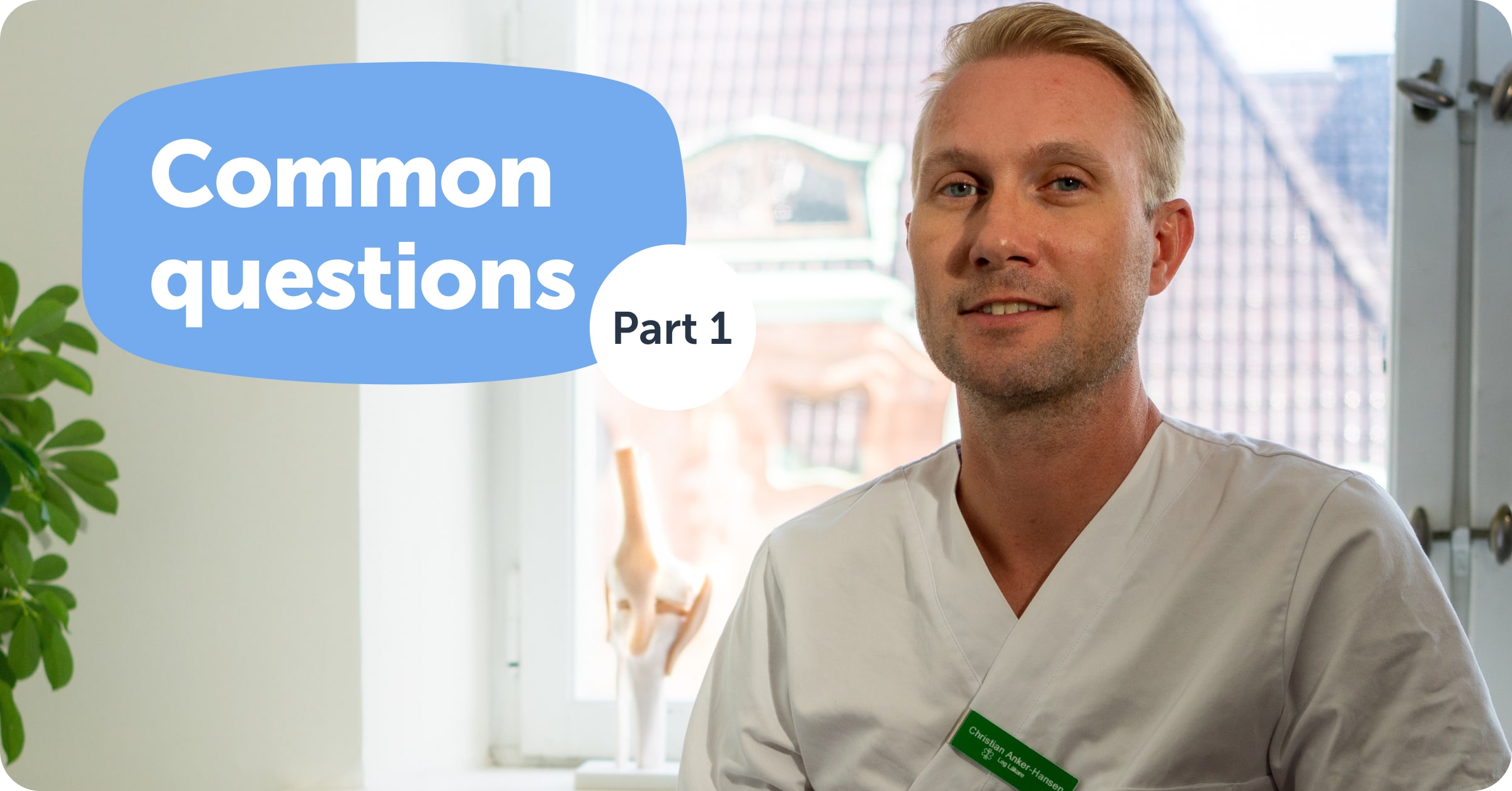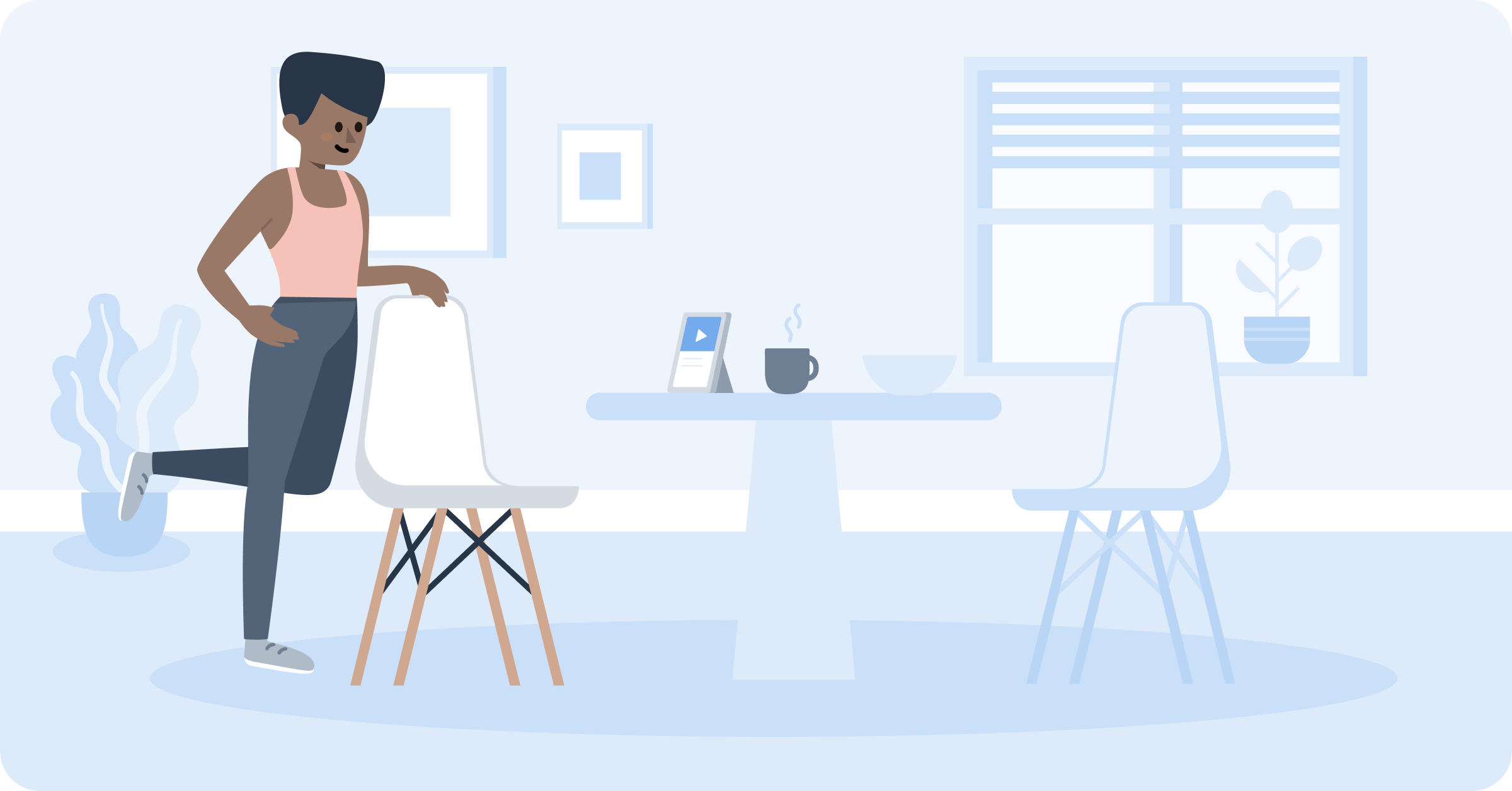With the right treatment, you can reduce the symptoms of hip and knee osteoarthritis. Specific and adapted training is often very effective for joint pain. Here we talk about training programs, plans and exercises that relieve symptoms of osteoarthritis in the hip and knee.
Osteoarthritis and stress on joints
Knee and hip osteoarthritis are sometimes incorrectly called “wear and tear”. Then it becomes easy to think that it is dangerous to use the joint affected by osteoarthritis, but this is NOT the case. The right movement, on the contrary, means that you get sufficiently strong muscles that stabilise and relieve the joints, which reduces stiffness and pain in the hip and knee.
The hip and knee joints are most commonly affected by osteoarthritis as they are load-bearing joints that support our body weight. Increasing the demand on a joint that is unprepared for that load is among the risk factors for osteoarthritis. The below are examples of risk factors that can influence the “preparedness” of the joint:
- Joint injuries
- Exercising the joint in an exaggerated position
- Overweight
- Weak muscles
But it is very important to note that completely avoiding stressing the joint results in even weaker muscles, poorer mobility and more pain. In the case of osteoarthritis, we need to teach the body to load in the right way. Then the quality of the articular cartilage is also improved, and the cartilage is helped to repair itself.
Exercise as treatment for hip and knee osteoarthritis
Your lifestyle plays a big role in how you can feel with osteoarthritis. You can create the right conditions to improve your symptoms by learning more about how your body responds to different factors, and by being physically active in a way that works for your body. You do this by helping your body to learn healthy movement patterns with physiotherapy.
Exercise is the treatment method that has been shown to provide the very best pain relief for knee and hip osteoarthritis. Physiotherapy is the recommended first line treatment for osteoarthritis, it includes both a carefully selected exercise program and valuable information that helps you manage osteoarthritis in everyday life.
You can participate in treatment for hip or knee osteoarthritis in different ways, for example physical or digital osteoarthritis treatment. Both ways have shown good results and the same purpose, but may be laid out differently.
The most important thing is to be able to do the training regularly and consistently, and so the method of delivery should suit you.
Aims and objectives of physiotherapy
When managing hip and knee osteoarthritis with exercise, the treatment focuses on improving how you load the joints so that the pain decreases. This means that the training should include a certain level of load, usually just that of your own body. Management should also follow a regular frequency that is adapted to the purpose of the treatment and your goals.
Your physiotherapist will help you adapt your exercise program to your conditions and provide you with support during the treatment. Together you set the goals for your training and have regular follow-ups to review your progress and make adjustments to your program when necessary.
“For osteoarthritis, exercise is your medicine, and as a physiotherapist I give you tools to deal with the diagnosis. With a properly adapted exercise program, everyone, regardless of symptoms and conditions, can complete their exercise and feel better” – Emelie, physiotherapist.
Your primary goal with exercise should first and foremost be to reduce your pain. Then it will be easier to start moving and exercising more in everyday life. In this way, you can enter a positive spiral where less pain allows you to have ever better health and quality of life.
Arrangement of training programs
As mentioned, osteoarthritis treatments can be arranged in different ways, even if they have the same purpose. When you undergo digital osteoarthritis treatment at Joint Academy, you receive treatment via an app on your mobile phone or device. There you get access to a personal physiotherapist and an individual training program. The program was developed by medical experts, physiotherapists and patients, and it is clinically proven to relieve pain in hip and knee osteoarthritis.
Your Joint Academy exercise program includes specific exercises. The exercises are easy to perform and you don’t need any equipment. You get 2 exercises daily, which only take 5 minutes to do. The program is therefore based on “little and often” rather than long, hard sessions.
The first weeks focus partly on you finding the technique and feeling confident with your program. If you need to adjust or replace any exercise, your physiotherapist will help you. As new exercises are introduced with increased difficulty so that you also gradually build strength, stability and mobility. During the course of the treatment, you will finally have a varied exercise program that you can use throughout your life.
Because adherence is critical to treatment success, the Joint Academy app sends out a daily reminder to help you remember your exercises.
Exercise program for hip osteoarthritis
It is important to strengthen the surrounding musculature, work with the mobility of the hip joint and achieve a good load pattern in the body. The exercises in the Joint Academy’s training program focus, for example, on gradually building strength and reducing stiffness through functional exercises for several joints and muscles within, for example, the buttock, hip and thigh muscles. Your training program may include, for example, hip lifts, weight transfers and mobility exercises.
Exercise program for knee osteoarthritis
To alleviate symptoms of knee osteoarthritis, it is important to have an exercise program that focuses on improving mobility, strength and balance. Hence, exercises for several muscle groups such as hip, thigh and trunk muscles can come into play when you get a training program at Joint Academy. Several of the exercises are often functional and include training of natural moments in everyday life. Exercises in your training program may include working towards climbing stairs, and standing on one leg to help you to achieve everyday life activities more comfortably, easily and safely.
Regardless of the joint, you may initially feel more pain when you exercise, but this is not dangerous. However, it is good to find the right balance where you tire your muscles just enough, but don’t do too much. If you experience increased pain during or after exercise, the pain should return to normal within 24 hours. If, however, it continues, you may need to adapt the training until the next time. Here, your physiotherapist is always available for advice if you are unsure, and it is important to communicate any concerns you may have with them.
Why does osteoarthritis training give such good results?
Physiotherapy aims to improve how you load the joints to reduce symptoms and improve function. The exercises in your exercise program will help you build stronger muscles around the joint to relieve stress on the joint and increase mobility and stability, reducing pain and stiffness.
Physiotherapy not only benefits the joint, but also the cartilage. Inside our joints, cartilage is constantly being built up and broken down, regardless of whether it is healthy or diseased. If the cartilage is healthy, there is a balance between building up and breaking down of molecules, but this is not the case with osteoarthritis. Then the cells do not have time to repair the molecules and the cartilage tissue breaks down.
Movement stimulates a molecular regeneration in the cartilage and with the right load, the remaining cartilage can repair itself and improve its quality. You can therefore say that even the cartilage becomes stronger through exercise, just like the muscles.
“Already after one month I noticed improvement, and after another month it was a real improvement. I can continue to do my program and look forward to getting back on the golf course!” – Martin, patient.
Training for a long-lasting result
It is important that the training is kept going in order for the positive effect to be long-term, and to be able to reduce the symptoms more and more. Both strength and mobility are fresh products for the body. Therefore, it is important that your training program is designed to be done regularly and become a natural part of everyday life.
To make it easy to maintain your treatment, Joint Academy’s training program is designed according to the “little and often” principle. According to research and continuous studies, 5 minutes is enough to create a lasting and long-lasting difference in hip and knee osteoarthritis. Most people find it easier to get 5 minutes of exercise a day into their everyday life, which increases the chance that the exercise will be done.
If you keep up with your daily exercise program, you can live an active life where osteoarthritis no longer limits everyday life, and many even become completely symptom free.



